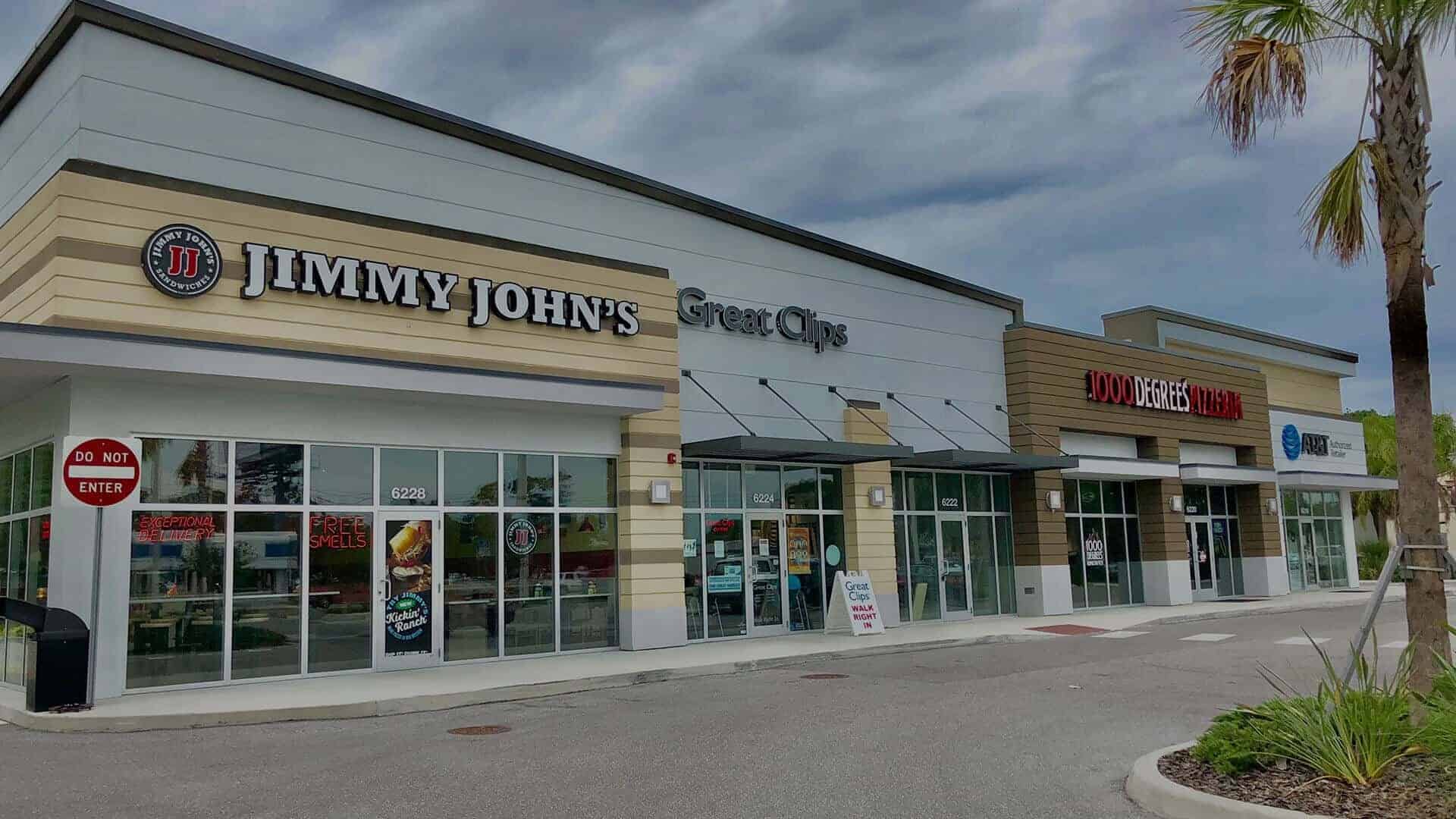Darrell Huff’s influential book “How to Lie with Statistics” highlights the susceptibility of individuals to misleading information when interpreting statistics, emphasizing concepts like random sampling, correlation versus causation, and visual misrepresentation. This challenge of accurate interpretation extends to the commercial real estate industry, where traditional metrics like vacancy rates may not provide a comprehensive picture of the overall market. The discrepancy between vacancy rates and actual availability rates in the industry can significantly impact decision-making for business owners, lenders, and investors, potentially leading to less desirable outcomes in lease negotiations and overall market evaluations.
The article highlights the importance of considering not just vacant spaces but all available options, including spaces for lease or sublease, to gain a more accurate assessment of the commercial real estate market. By examining examples from major U.S. markets, where availability rates often surpass reported vacancy rates significantly, the necessity for transparency and a deeper understanding of market conditions becomes evident. Business owners and executives are encouraged to be mindful of these disparities to better navigate negotiations and leverage their positions effectively in a market that may not always be as robust as traditional vacancy rate metrics suggest.
To read more, click the link below.
Truth Behind The Numbers: Vacancy Rates In Commercial Real Estate (forbes.com)







About The Author: Jeff Dervech
Jeff Dervech is a Tampa local commercial real estate agent, specializing in the arena of retail strip center and shopping centers.
More posts by Jeff Dervech